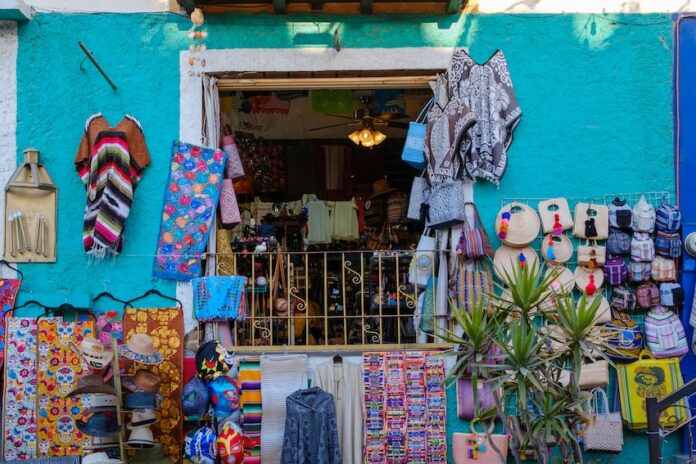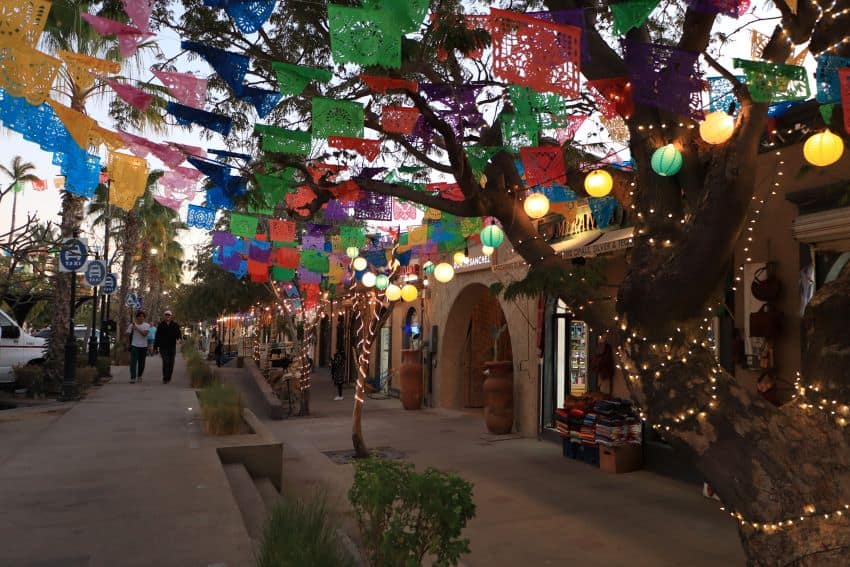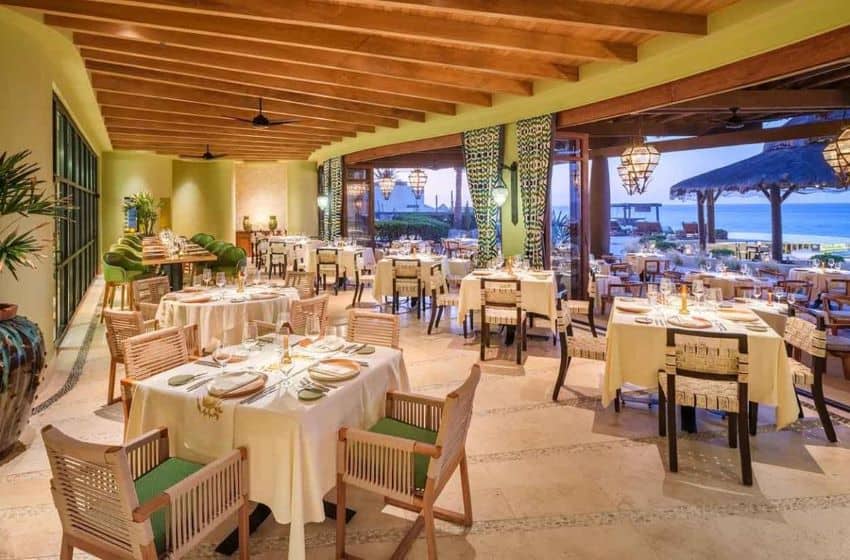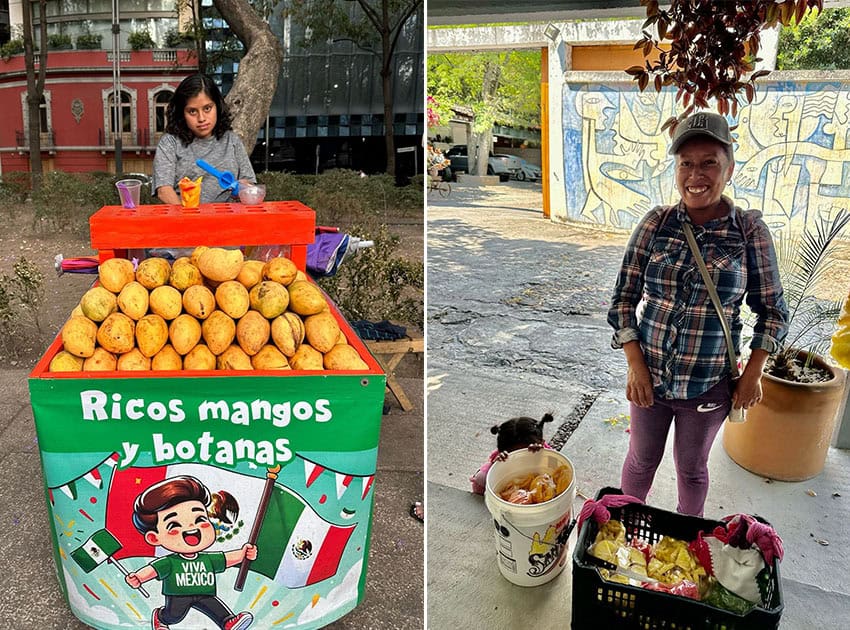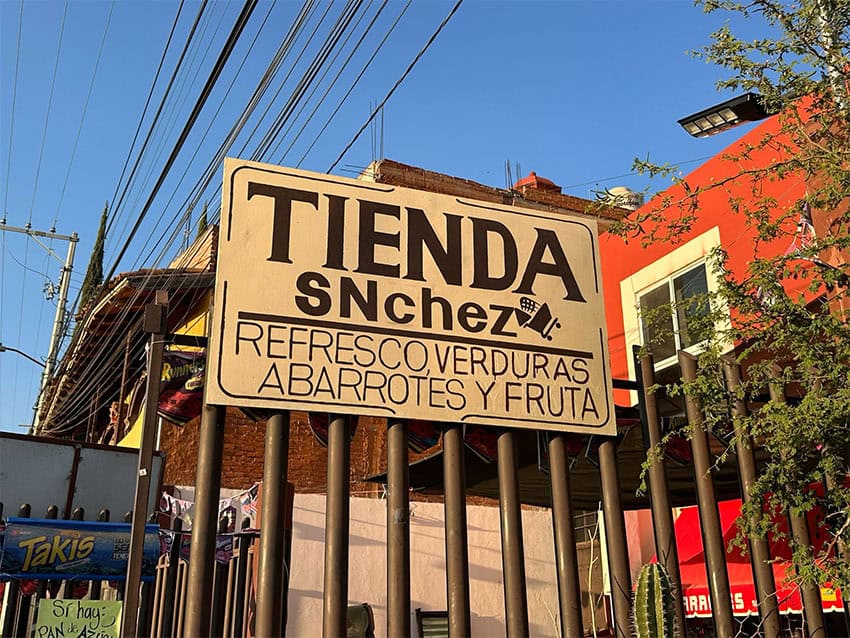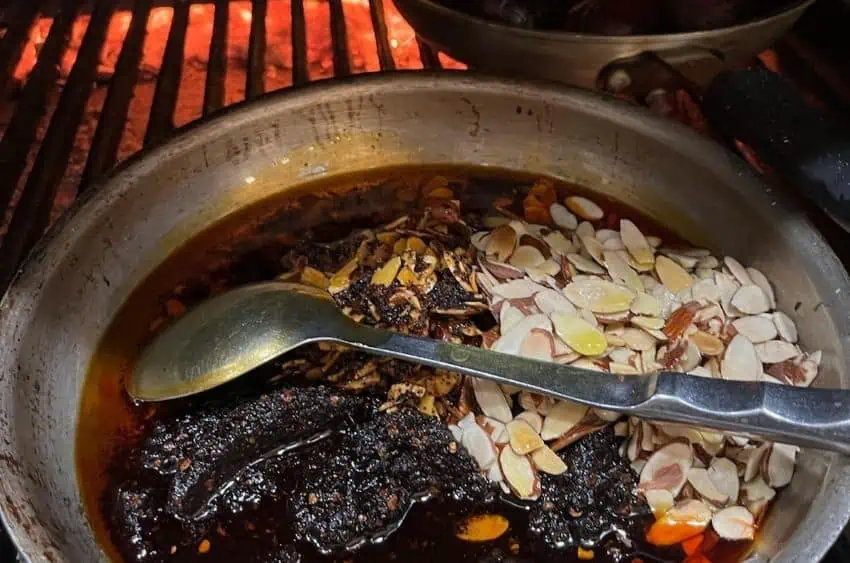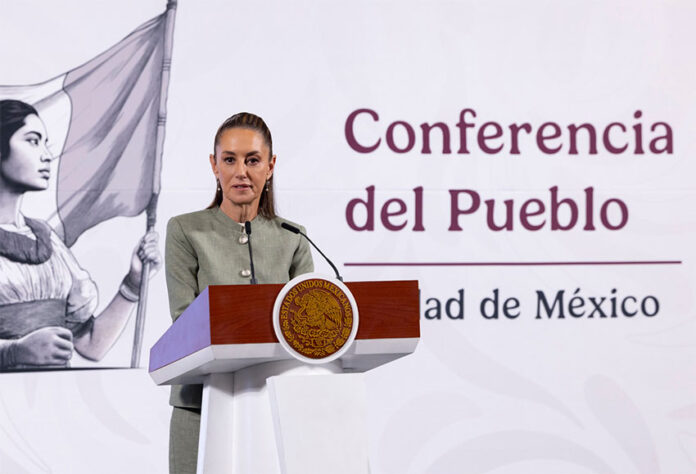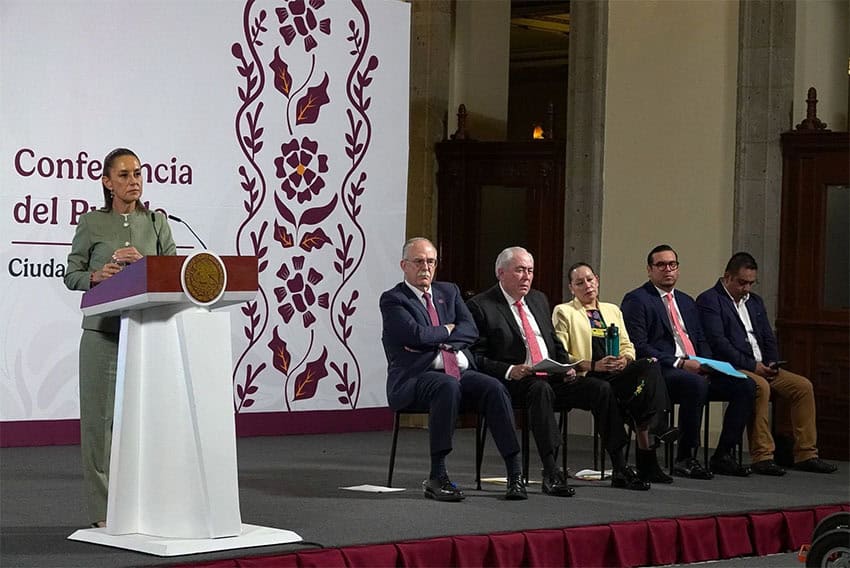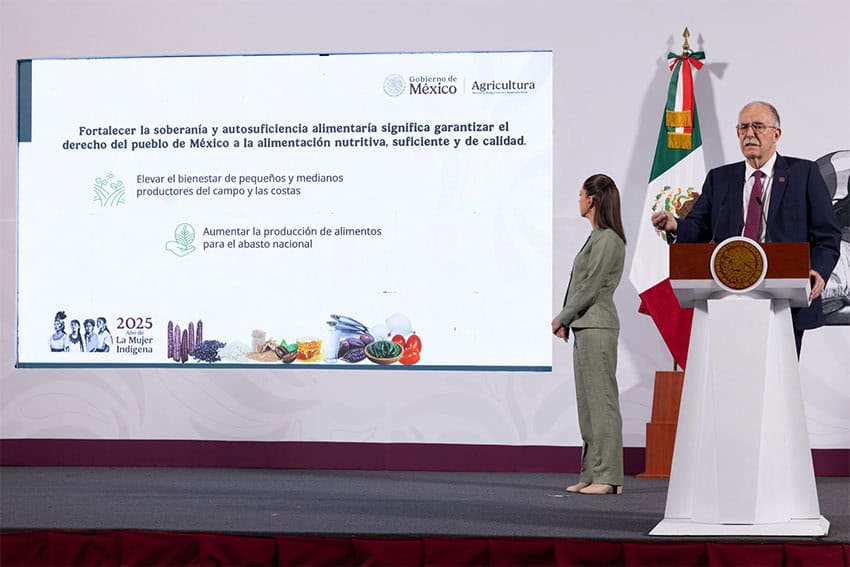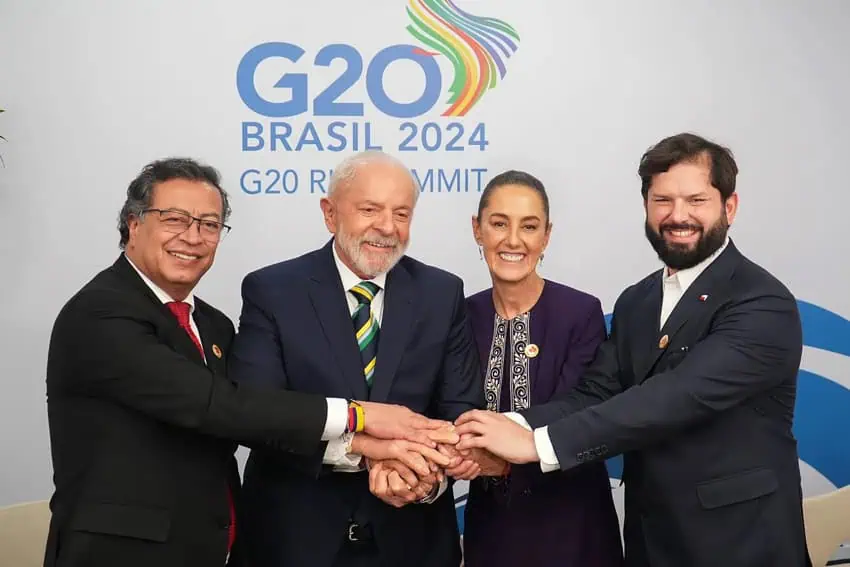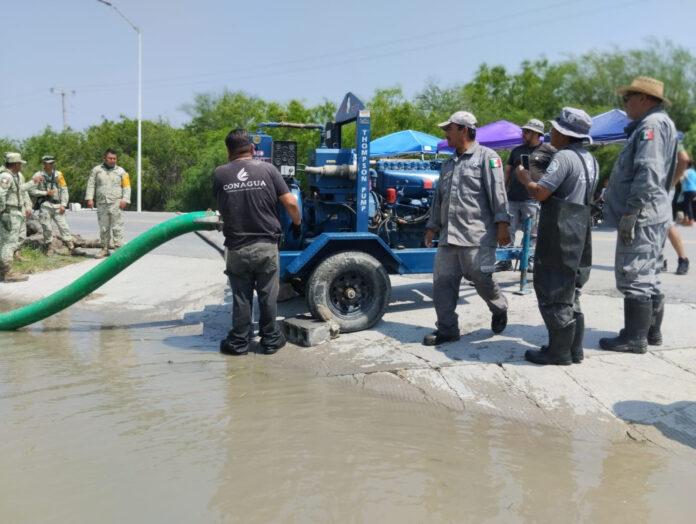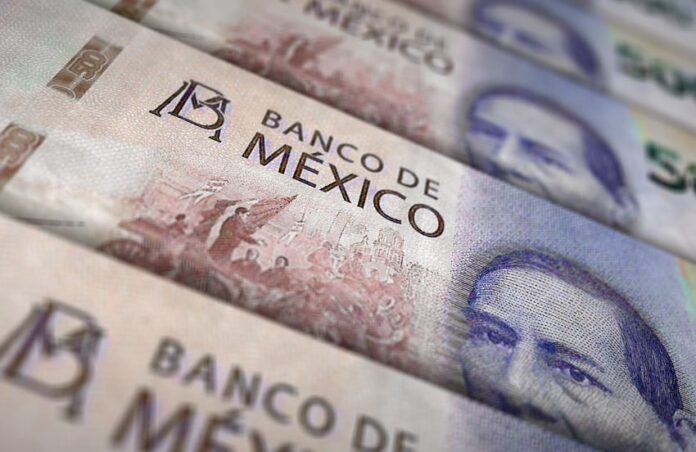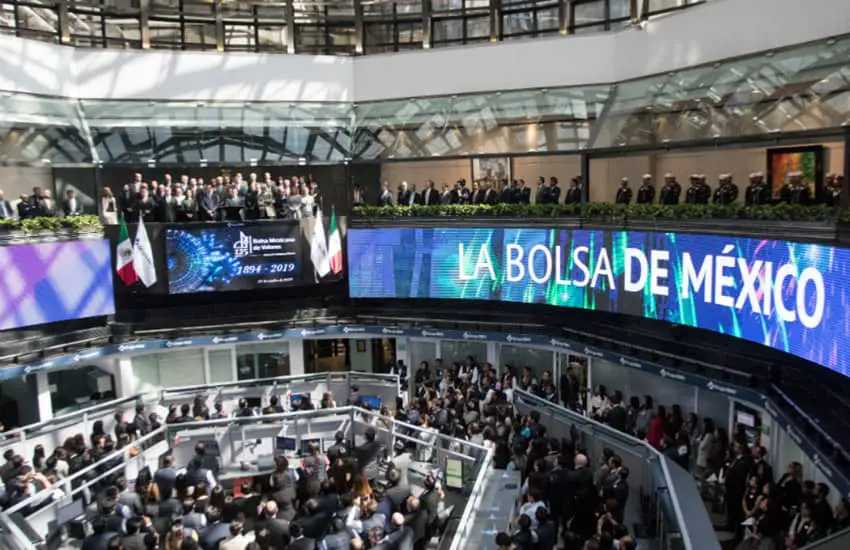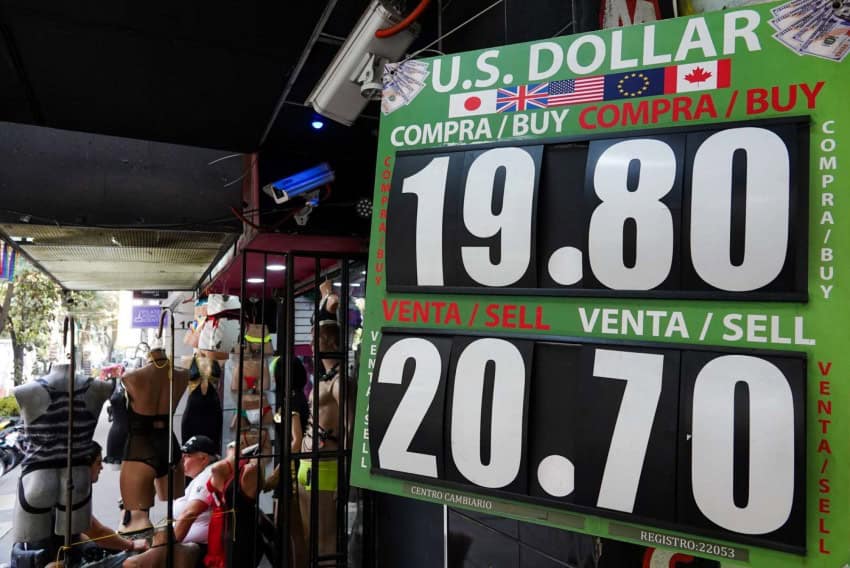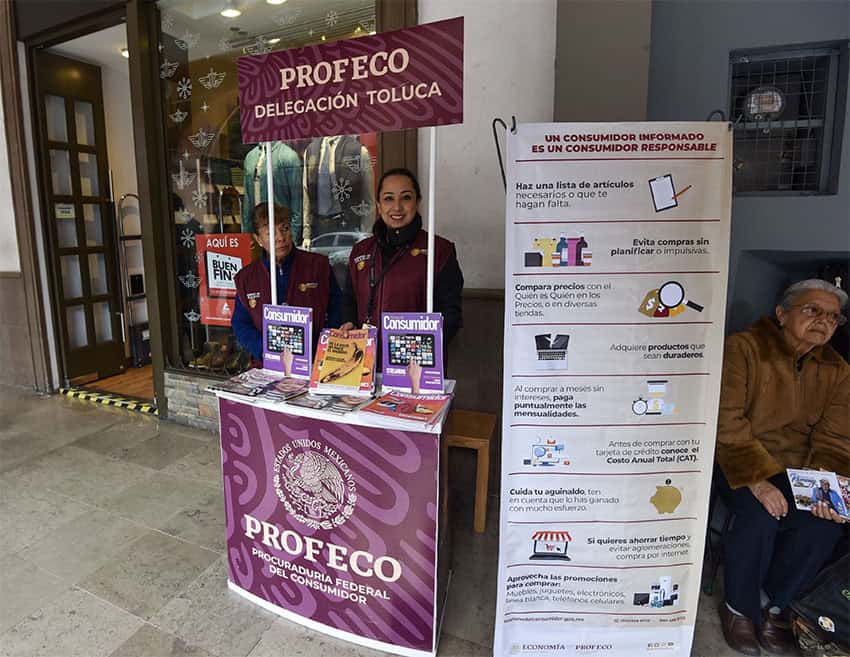Scavenger hunts, sexy yacht parties and International Film Festivals beckon travelers and residents of the Riviera Maya because as the weather warms up, so do the activities this April. Throw in some wine tastings and a full moon ceremony for some indulgence and you’ll soon find that what’s on this month in the Riviera Maya and Yucatán state in April is nothing short of magnificent.
Sip & Sail Sundaze Cruise

For this Sunday Funday booze cruise, enjoy a welcome punch, great food (with veggie options), and an open bar. Singles or groups are welcome to enjoy a karaoke hour, fun games, and water activities. Set sail with a mix of R&B, Hip Hop, Soca, 90s and Afrobeat to set the mood.
Date: 6 April, 10a.m. – 1p.m.
Location: Marina Puerto Aventuras, Puerto Aventuras.
Cost: from US $39 and up when including transport.
Lunada at Cenote Popul Vuh

Grab your tent and head to the beautiful Cenote Popul Vuh. Camp under the stars and listen to live music with a complimentary drink while sitting by the campfire. All the while, get up the courage to try the zipline or to take the Mayan Sacrifice Jump! Do you dare?
There’s restrooms and showers, grills to cook on, and lifejackets provided. All you need is your food and drink and of course, your tent.
Date: 12-13 April
Location: Cenote Popul Vuh,
Cost: $700 pesos, $35 US
Full Moon Ceremony with cacao, ecstatic dance and sound bath

Isla Mujeres is the perfect place for a full moon ceremony. Commune with the island’s goddess Ixchel, goddess of the moon, as the sun sets and the moon rises. Release what no longer serves you. The event is run by a Reiki Master and Yoga Instructor who invites local healers, light workers, musicians, and artists to craft a unique journey on the shores of this beautiful island.
Date: 13 April
Location: Playa Norte, Isla Mujeres
Cost: 400 pesos, $25 US suggested donation.
Farm to Table Experience
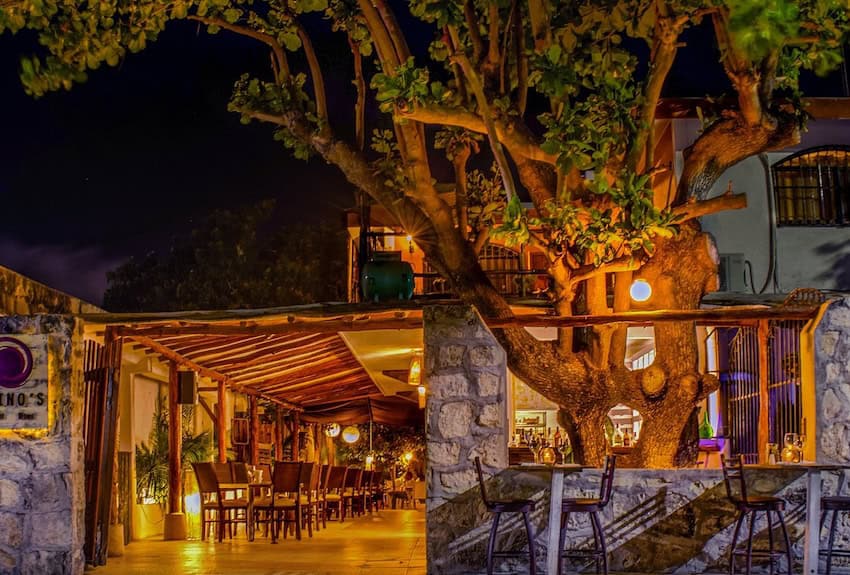
Thankfully, transport is included so you can really enjoy this gastronomical delight — a six-course meal with wine and cocktail pairings that’s more than just a luxurious foodie experience. Explore the farm, walk through the Mayan jungle, and learn about local wildlife. And don’t forget your swimmers, there’s a pool filled with cenote water to relax and heal in as well.
Date: 15 April, 12 p.m. – 7 p.m.
Location: Meet for pick up at El Pirata Restaurant, Puerto Morelos
Cost: $149
Harmonic Flow Aquatic Healing Arts

An aquatic experience like no other, Harmonic Flow’s instructor Damla Yaku is visiting Tulum. This unique experience blends music, dance, meditation, massage, and stretching movements to create deep relaxation and transformation. Held in a private lagoon and rooted in the wisdom of water, it helps guide you into stillness, fluidity, and dynamic movement.
Email: [email protected] to reserve your spot.
Date: 13 – 20 April
Location: Tulum, Mexico
Cost: US $350 deposit, $1,300 total for all 7 days.
The Fives Wine Route

For a taste of luxury, The Fives Downtown are inviting you to dress up and enjoy a Hollywood-style wine paradise. Indulge in 4 chef-designed culinary stations to accompany the 32 labels from around the world during this wine lovers’ night. From remote corners to renowned vineyards, your palate will thank you.
Date: 19 April, 6pm to 11pm
Location: The Fives Downton, 10 Norte Ave, Playa del Carmen
Cost: Presale 1,800 pesos
Tulum Salsa Lovers meet up and dance class

Salsa lovers worldwide can go out dancing in Tulum. You’ll meet up with your host in the center of town, along with a group of other Latin dance fans to make friends and party with. Your host will teach you some moves, including salsa, bachata, hip-hop, and reggaeton. Dancers of all levels can learn something new and get lost in the music.
Date: 20 April
Location: Tulum
Cost: from $163
Ice Bath Experience

Are you game? Plunge into the world of ice baths in a unique experience on the shores of the Caribbean. The experience combines breathwork, music, cold exposure, and ocean views for a unique holistic experience. Expect to experience feel-good chemicals, increased circulation, reduced inflammation, better sleep, plus so much more.
Date: 23 April
Location: Muelle Constituyentes, Playa del Carmen.
Cost: 400 pesos
Scavenger Hunt

Grab friends, family, and loved ones to explore San Miguel de Cozumel on a scavenger hunt. Suitable for every age, fitness level and timeframe. It’s a self-guided tour, so start when you want and take as long as you want. The scavenger hunt is also a fun way to learn the history, culture, see sights, and get to know this Mexican Caribbean island’s treasures.
Date: 27 April (choose your day)
Location: San Miguel de Cozumel, Cozumel Island.
Cost: US $12.99.
Mexico Correspondent for International Living, Bel is an experienced writer, author, photographer and videographer with 500+ articles published both in print and across digital platforms. Living in the Mexican Caribbean for over 7 years now she’s in love with Mexico and has no plans to go anywhere anytime soon.

